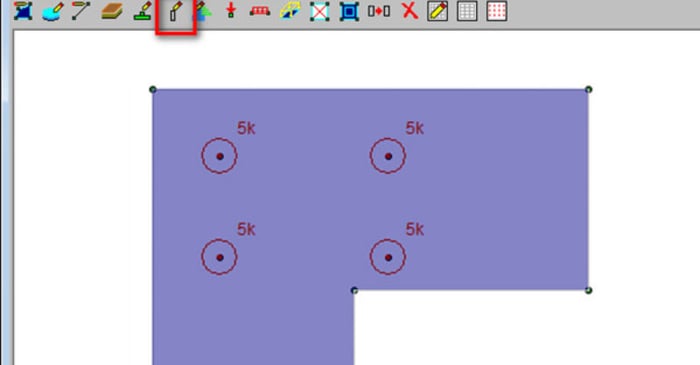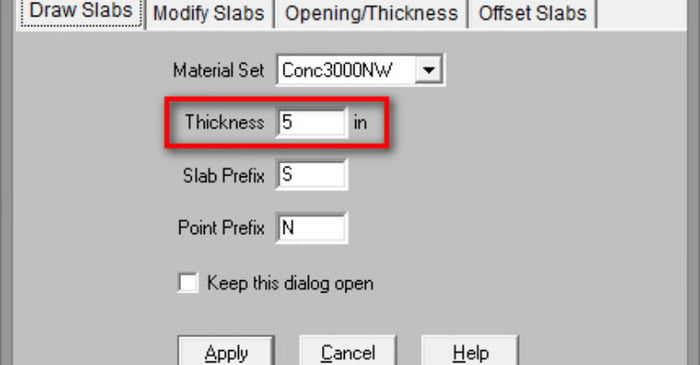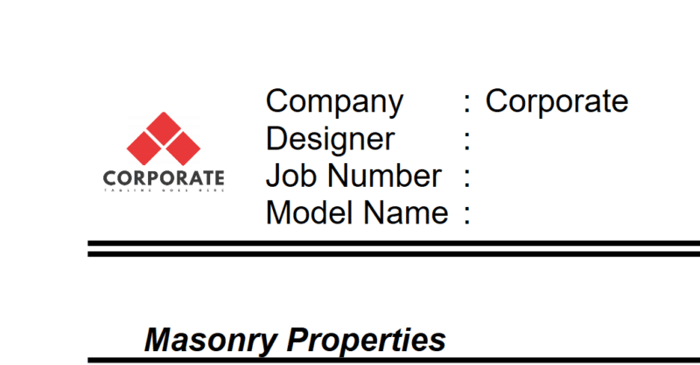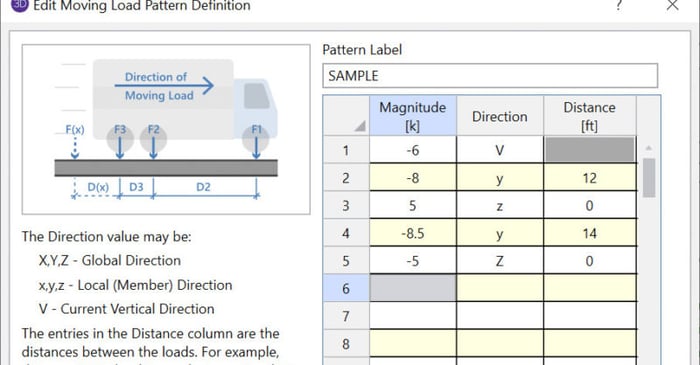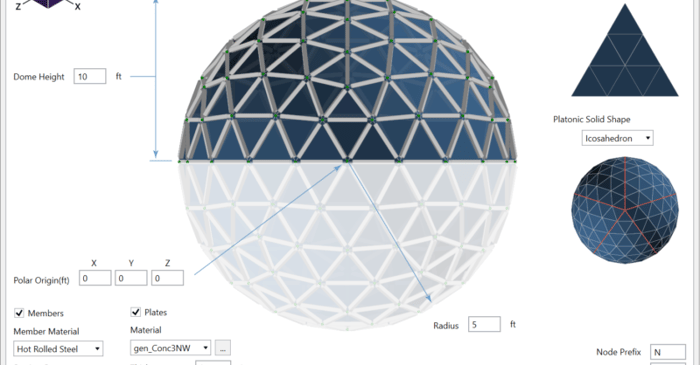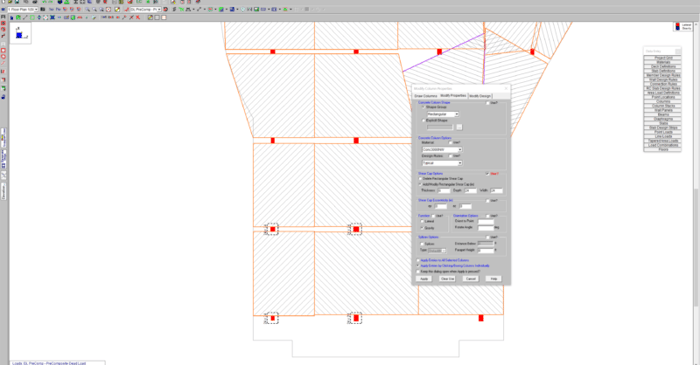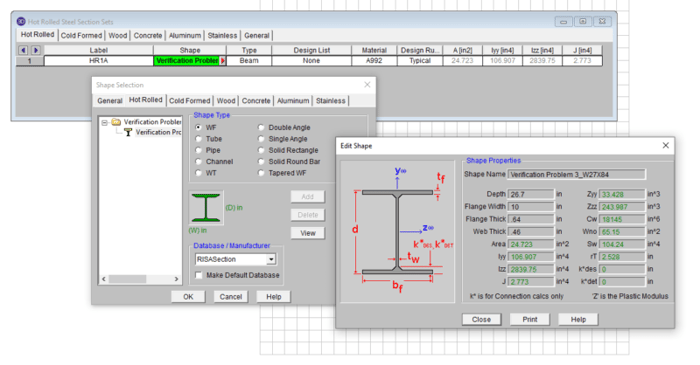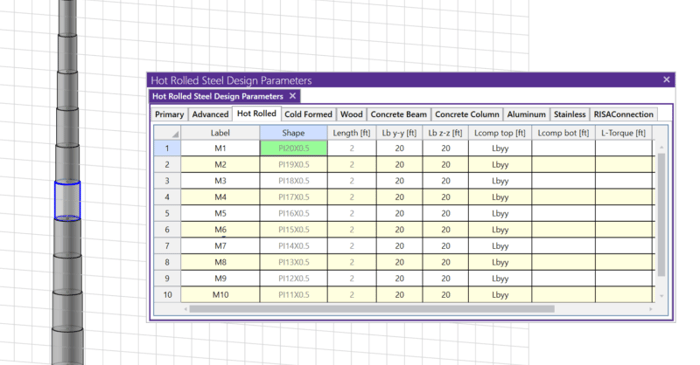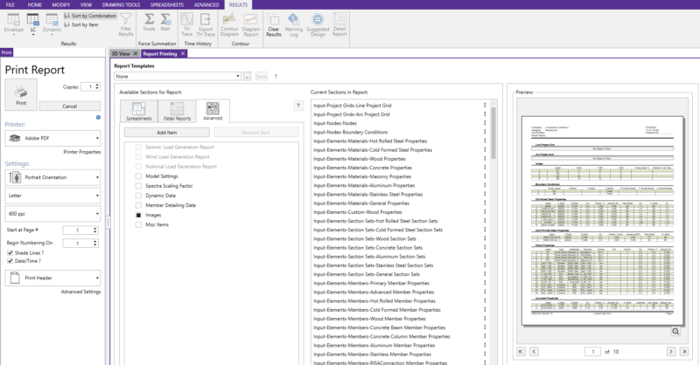
May 7, 2014
How to Build a Report with Spreadsheet Information, Graphic Images,…
Print reports can contain spreadsheet information, graphic views, detail reports for specific members and load combinations, and external images such as hand calculations, title pages, etc. When in a model view, you will notice a button with an image of a camera on it in the toolbar:




